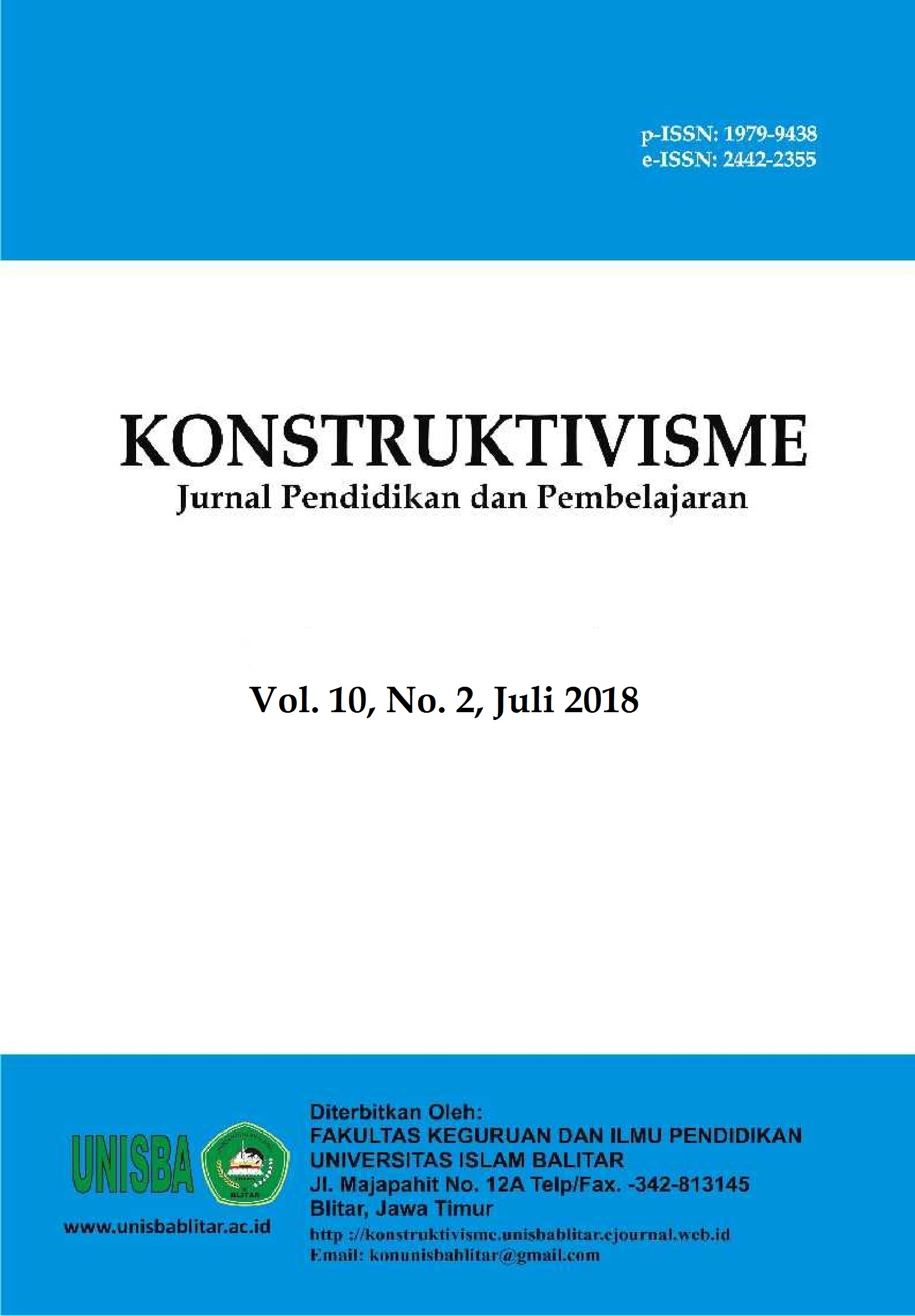TEKNIK MPN COLIFORM SEBAGAI REFERENSI MATA KULIAH MIKROBIOLOGI
Abstract views: 1366
,
PDF downloads: 1035
Keywords:
MPN Coliform, References, Microbiology
Abstract
The aim of the research was to develop a research-based reference book using the coliform MPN technique.The development uses Hannafin development model which consists of three phases, they are (1) Need Assessment (Analysis of Needs); (2) Design (Design); (3) Develop and Implement (Development and Implementation. This development model is a product-oriented model. The first stage begins with needs analysis, product design, product manufacture, and product validation. The instruments used are questionnaires and interview guidelines. Data are analyzed descriptively. Based on the result of the analysis, it shows that the compiled references have met the eligibility requirements. The level of feasibility of the limited test of individual students is obtained at 80% with a valid category, the feasibility test from a media expert is obtained at 88.25% with a valid category, and the feasibility test for material content is 88.25% with a valid and feasible category to apply.
Downloads
Published
2018-07-30
How to Cite
Sofiyana, M. S., & Malahayati, E. N. (2018). TEKNIK MPN COLIFORM SEBAGAI REFERENSI MATA KULIAH MIKROBIOLOGI. Konstruktivisme : Jurnal Pendidikan Dan Pembelajaran, 10(2), 248-255. https://doi.org/10.35457/konstruk.v10i2.524
Section
Articles
Copyright (c) 2019 Marinda Sari Sofiyana, Eva Nurul Malahayati

This work is licensed under a Creative Commons Attribution-NonCommercial-ShareAlike 4.0 International License.
Authors who publish with this journal agree to the following terms:
- Authors retain copyright and grant the journal right of first publication with the work simultaneously licensed under a Creative Commons Attribution License that allows others to share the work with an acknowledgement of the work's authorship and initial publication in this journal.
- Authors are able to enter into separate, additional contractual arrangements for the non-exclusive distribution of the journal's published version of the work (e.g., post it to an institutional repository or publish it in a book), with an acknowledgement of its initial publication in this journal.
- Authors are permitted and encouraged to post their work online (e.g., in institutional repositories or on their website) prior to and during the submission process, as it can lead to productive exchanges, as well as earlier and greater citation of published work (See The Effect of Open Access).





